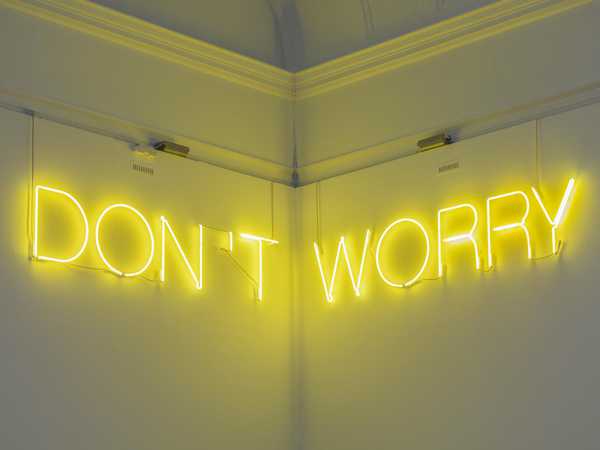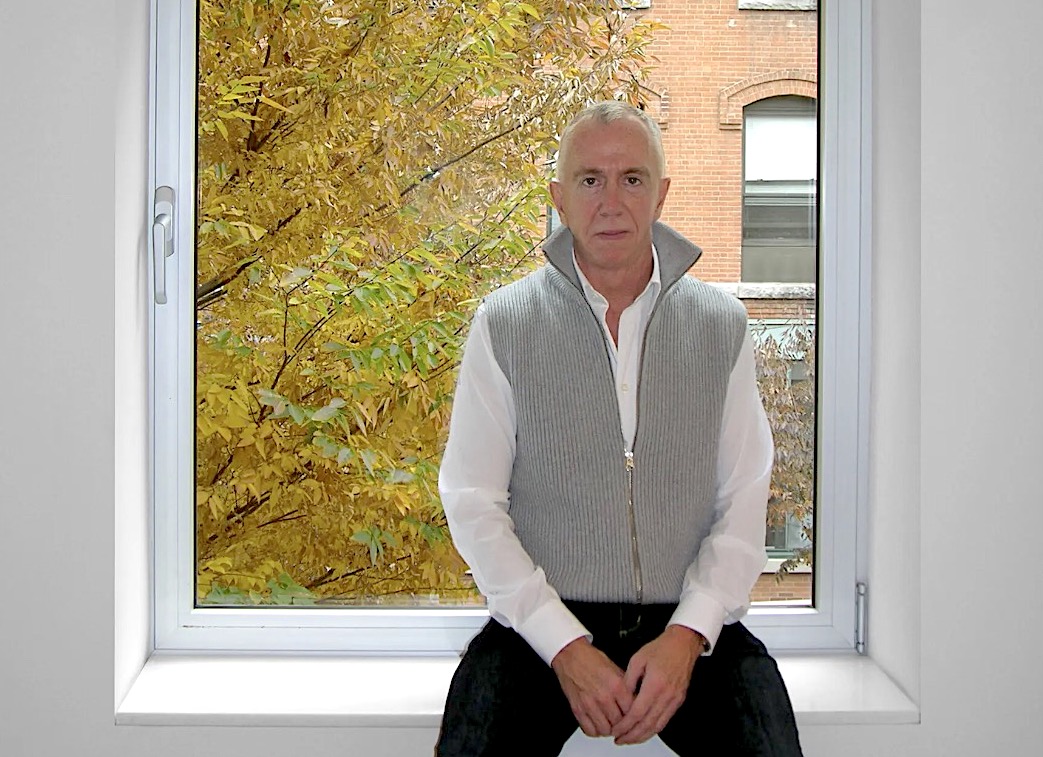Blind Spencer (Mirror)
2002 - Photography (Photography)
61cm x 65.3cm
Douglas Gordon
Blind Spencer is part of the series “Blind Stars” including hundreds of works in which the artist cut out the eyes of Hollywood stars, in a symbolically violent manner. An emptiness (some are burned letting appear a white or mirror background or a mirror) replaces the eyes, giving the impression of a blind eye deprived of all expression. Paradoxically, the work looks at us all the more intensely. The glamorous black and white portrait of Spencer Tracy evokes the golden age of Hollywood, with all of its codes like seductive smiles and directional light, not to mention a perverse use of the gaze. Gordon talks about his work as a process of “research, memory, of stories that took place, the films I’ve seen … I am interested in looking for what happens when you look at something so long that it disappears. You are viewing an image, you start looking through the image, and you reach the other side and then you return to the surface. ” This act of cutting, pertinent to a new generation of artists focusing on the ready-made, image fragments and found sound footage, juxtaposes temporalities like in video editing and introduces a hint of melancholy. The act of cutting fascinates and repels, in what Freud called an experience of “the uncanny.” The viewer can only contemplate a loss of the soul which is traditionally reflected in the eyes. After Andy Warhol and his celebrity portraits, Douglas Gordon tracks the iconic and deadly character of his subjects.
Douglas Gordon is a celebrated Scottish artist whose work revolves around the themes of memory, time and our perception of it. Spanning across film, video, installation, photography, and sculpture, his work offers a new experience of the cinematic in the space of contemporary art, creating what critic Dominique Païni described as ‘exhibition cinema.’ Interested in how we experience temporality, Gordon has often slowed down either original or appropriated footage in order to play with the viewers’ perception. An example is his celebrated work 24 Hour Psycho (1993) , in which Gordon stretched the duration of Alfred Hitchcock’s iconic movie to last 24 hours. This gesture both monumentalized time and intensified the imagery, structurally reframing the film by shifting our perception away from the movie’s original narrative and directing it towards the finer details that constitute every single frame. Several of his works incorporate that universal dichotomies: of life and death, innocence and guilt, and dual identities. Harboring the tension between opposing forces, Gordon then employs formal strategies of repetition, mirroring, and doubling to construct a deliberate ambiguity and multiplicity of meaning.
Colors:
Related works of genres: » young british artists, » contemporary artist, » scottish contemporary artists, » photography, » neo-conceptual art, » video installation, » video art, » appropriation art, » born 1966, » relational art

© » KADIST
Martin Creed
2003This photograph of Martin Creed himself was used as the invitation card for a fundraising auction of works on paper at Christie’s South Kensington in support of Camden Arts Centre’s first year in a refurbished building in 2005...

© » TATE EXHIBITIONS
Martin Creed
Martin Creed | The Dick Institute Experience the work of one of this country’s most ingenious, audacious and surprising artists at the Dick Institute ARTIST ROOMS Martin Creed presents highlights from the British artist’s thirty-year career...

© » KADIST
Tony Oursler
2012Continuing Oursler’s broader exploration of the moving image, Absentia is one of three micro-scale installations that incorporate small objects and tiny video projections within a miniature active proscenium...

© » KADIST
John Baldessari
1997In One Must , an image of a pair of scissors, accompanied by the words of work’s title, poses an ominous question about the relationship between the image and the text...

© » KADIST
James Welling
2006Welling employs simple materials like crumpled aluminum foil, wrinkled fabric and pastry dough and directly exposes them as photograms, playing with the image in the process of revealing it...

© » KADIST
Gabriel Orozco
1992Gabriel Orozco often documents found situations in the natural or urban landscape...

© » KADIST
Martin Kippenberger
1989Untitled is a work on paper by Martin Kippenberger comprised of several seemingly disparate elements: cut-out images of a group of dancers, a japanese ceramic vase, and a pair of legs, are all combined with gestural, hand-drawn traces and additional elements such as a candy wrapper from a hotel in Monte Carlo and a statistical form from a federal government office in Wiesbaden, Germany...

© » KADIST
Sebastián Díaz Morales
2014In Suspension a young man is hanging in the air, falling, or perhaps drifting through time and space...

© » KADIST
Anthony McCall
1974This score is a graphic record of the detailed choreography of one of Anthony McCall’s Landscape for Fire performances...

© » KADIST
Martin Boyce
2003In the installation Our Love is like the Flowers, the Rain, the Sea and the Hours, Martin Boyce uses common elements from public gardens – trees, benches, trashbins– in a game which describes at once a social space and an abstract dream space...

© » KADIST
Allan McCollum
1982In the work titled The Glossies (1980), an affinity for photography manifested itself before McCollum actually began to use photography as a medium...

© » ARTLYST
Kara Walker
Brent Sikkema, the Manhattan art dealer renowned for representing artists such as Jeffrey Gibson and Kara Walker found dead The post Brent Sikkema – Visionary Art Dealer Of Jeffrey Gibson And Kara Walker Murdered appeared first on Artlyst ....

© » KADIST
General Idea
1993AIDS Ring by General Idea is a cast metal ring, which takes as its basis Robert Indiana’s iconic “LOVE” design, appropriating its pop aesthetic, and totalizing, simplistic universal messaging to instead emphasize the severity of the AIDS epidemic that occurred in the 1970s...

© » KADIST
John Baldessari
1991The voids in Baldessari’s painted photographs are simultaneously positive and negative spaces, both additive and subtractive...

© » KADIST
James Welling
2005#17 Pink is a photogram, a photographic image produced without the use of a camera...

© » KADIST
Kelley Walker
2004The triptych Black Star Press is part of the series ‘The Black Star Press project’ initiated in 2004 by the American artist Kelley Walker...

© » KADIST
Anthony McCall
1973The film Line Describing a Cone was made in 1973 and it was projected for the first time at Fylkingen (Stockholm) on 30 August of the same year...



